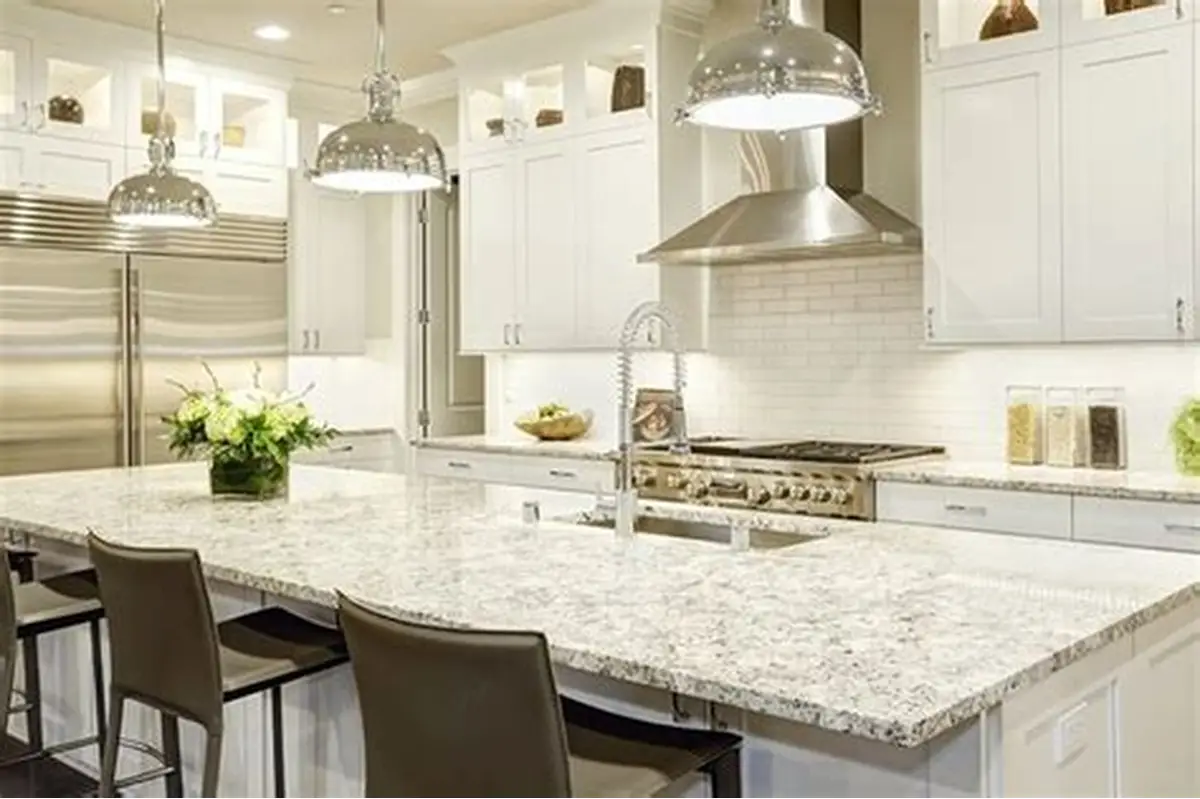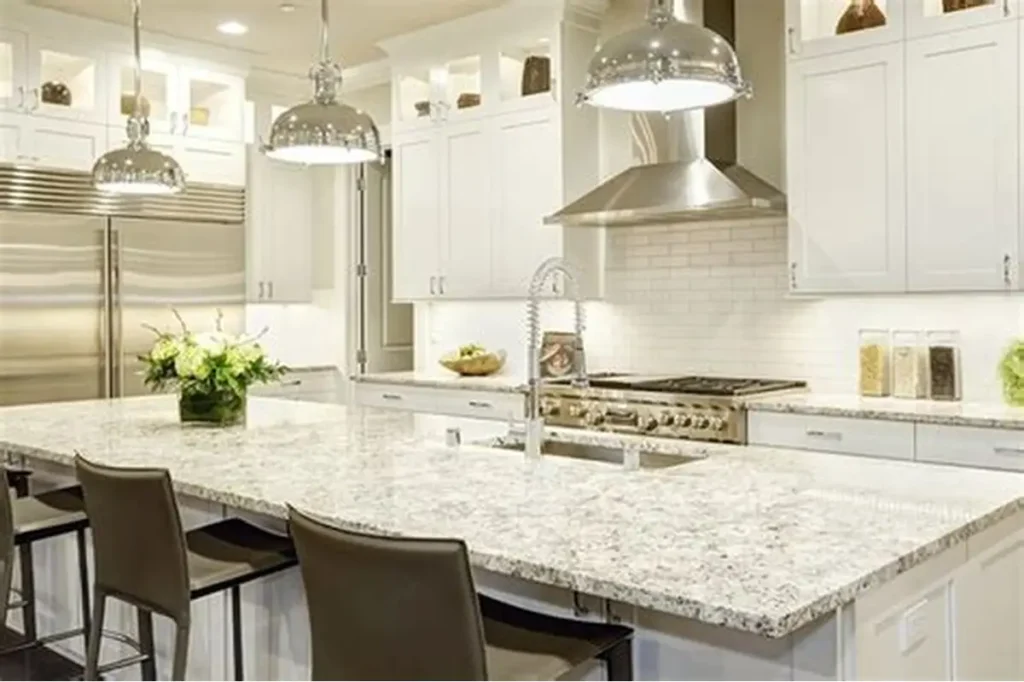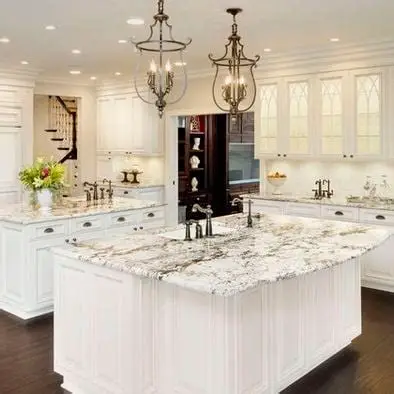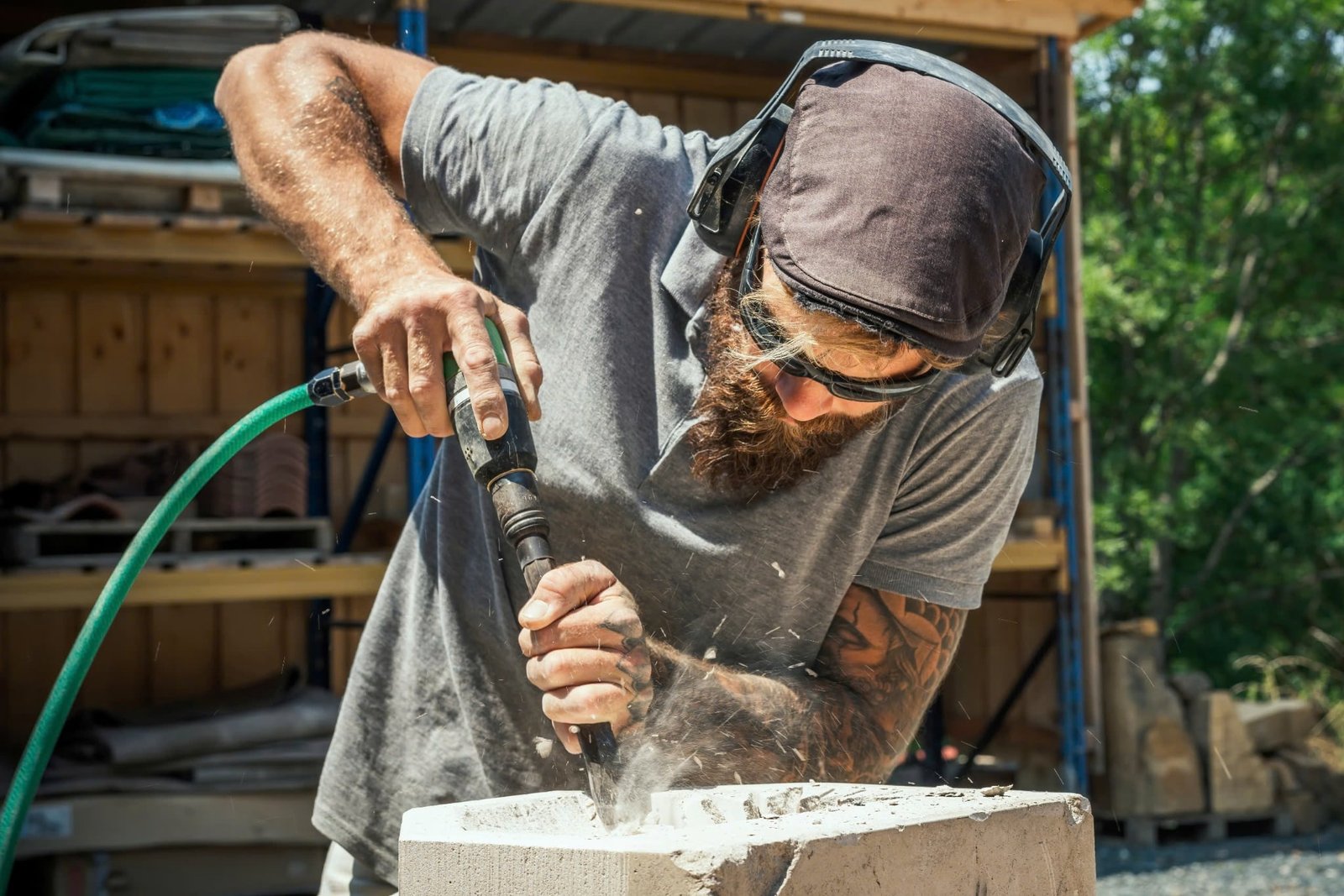
When renovating your kitchen or bathroom, one of the most common questions homeowners ask is: “Can I remove granite countertops without damaging my cabinets?”
When renovating your kitchen or bathroom, one of the most common questions homeowners ask is: “Can I remove granite countertops without damaging my cabinets?” The short answer is yes—with the right tools, patience, and professional techniques, it is possible to remove granite slabs safely.
This article will walk you through the process, potential risks, and best practices for removing granite countertops while keeping your cabinets intact.

Why Granite Countertop Removal Requires Care
Granite is one of the heaviest natural stone materials. From black granite countertops to blue pearl granite countertops, each slab can weigh hundreds of pounds. While granite is strong and durable, it is also brittle and prone to cracking when mishandled.
Your cabinets—especially if they are custom or older—can also be damaged if granite is pried off incorrectly. Proper removal is critical if you plan to reuse your cabinets or repurpose the stone for outdoor kitchens, bathroom vanities, or other applications.
For safe handling, professionals often use a stone transport frame to move slabs without stress or breakage.

Can Granite Countertops Be Reused After Removal?
Yes, granite slabs can often be reused or repurposed if removed carefully. Options include:
- Reinstalling in a different kitchen layout.
- Repurposing into granite bathroom countertops.
- Cutting down into granite slabs for countertops for smaller projects.
- Turning into granite countertops for outdoor kitchens or bar tops.
If you don’t want to reuse your granite, you can also explore donation, recycling, or upcycling options. Check this guide on what to do with old or outdated granite countertops.
Step-by-Step Guide to Removing Granite Countertops
1. Prepare Your Workspace
Clear off the countertop and remove any sinks, faucets, or appliances. Turn off water and electricity before beginning.
2. Detach Plumbing & Fixtures
Disconnect water lines, drains, and any mounted accessories. If you have an undermount sink attached to polished granite countertops, carefully cut through the adhesive or caulk.
3. Break the Adhesive Bond
Granite is usually attached with silicone caulk or epoxy. Gently cut through the seal between the slab and cabinet using a putty knife or razor. Avoid using excessive force, which could damage cabinet frames.
4. Loosen the Countertop from Cabinets
With a helper, carefully slide wedges between the granite and cabinet frame to lift slightly. Do not pry directly against wood—use protective shims to prevent damage.
5. Lift and Remove the Slab
Because granite is heavy, you’ll need at least 2–3 people to lift safely. If removing custom granite countertops or larger pieces, use a stone lifting clamp for added safety.
6. Transport Safely
Granite slabs should always be transported vertically to prevent cracking. Specialized clamps and carts help ensure the stone is not damaged during relocation.
Risks of DIY Granite Removal
Removing granite kitchen countertops without professional help can be risky. Potential issues include:
- Cabinet damage – If not properly supported, cabinet frames may warp or break.
- Granite breakage – Stone can crack if lifted unevenly.
- Injury – Granite is extremely heavy and dangerous if mishandled.
Hiring a professional granite countertop installation service or local granite fabricator reduces these risks significantly.
Can Cabinets Be Saved During Removal?
Yes, in most cases cabinets can be preserved. However, it depends on:
- Installation method – Granite glued heavily with epoxy is harder to remove without damage.
- Cabinet material – Solid wood withstands removal better than particleboard.
- Age of cabinets – Older cabinets may weaken under stress.
If your cabinets are in good shape, removal should be feasible. However, if you’re planning a full remodel, it may be more practical to replace both cabinets and countertops together.
Maintenance Tips After Reinstallation
If you reuse your granite slabs:
- Seal regularly to prevent staining. Learn [how to seal granite countertops] for best results.
- Clean gently with non-acidic cleaners.
- Polish honed granite countertops to maintain their finish.
- Inspect for chips or cracks after reinstalling.
For more details on differences in natural stone, check out what’s the difference between marble and granite.
Granite vs Quartz: Which Is Easier to Remove?
When comparing granite vs quartz countertops, removal techniques are similar. However, quartz slabs are often manufactured with resin binders that can be slightly more forgiving during removal.
Still, both require careful handling. Learn more about countertop comparisons in our guides:
- Which is better, quartz or granite?
- How do quartz countertops compare to granite in durability and maintenance?
Where to Buy and Reinstall Granite Countertops
If you decide not to reuse your granite, there are many options for sourcing new slabs:
- Wholesale granite countertops suppliers
- Granite countertop showroom [location]
- Local granite fabricators
- Online retailers for granite slabs
Search “granite countertops near me” or “granite countertops in [city name]” to connect with top-rated installers and suppliers in your area.
Final Thoughts
So, can you remove granite countertops without damaging cabinets? The answer is yes, but it requires patience, the right tools, and careful handling. For many homeowners, professional removal is the safest option to protect both cabinets and stone.
Whether you’re keeping, donating, or repurposing your slabs, granite remains a timeless choice for kitchens and bathrooms. From white granite countertops to brown granite countertops, this natural stone continues to be a valuable investment in home design.

